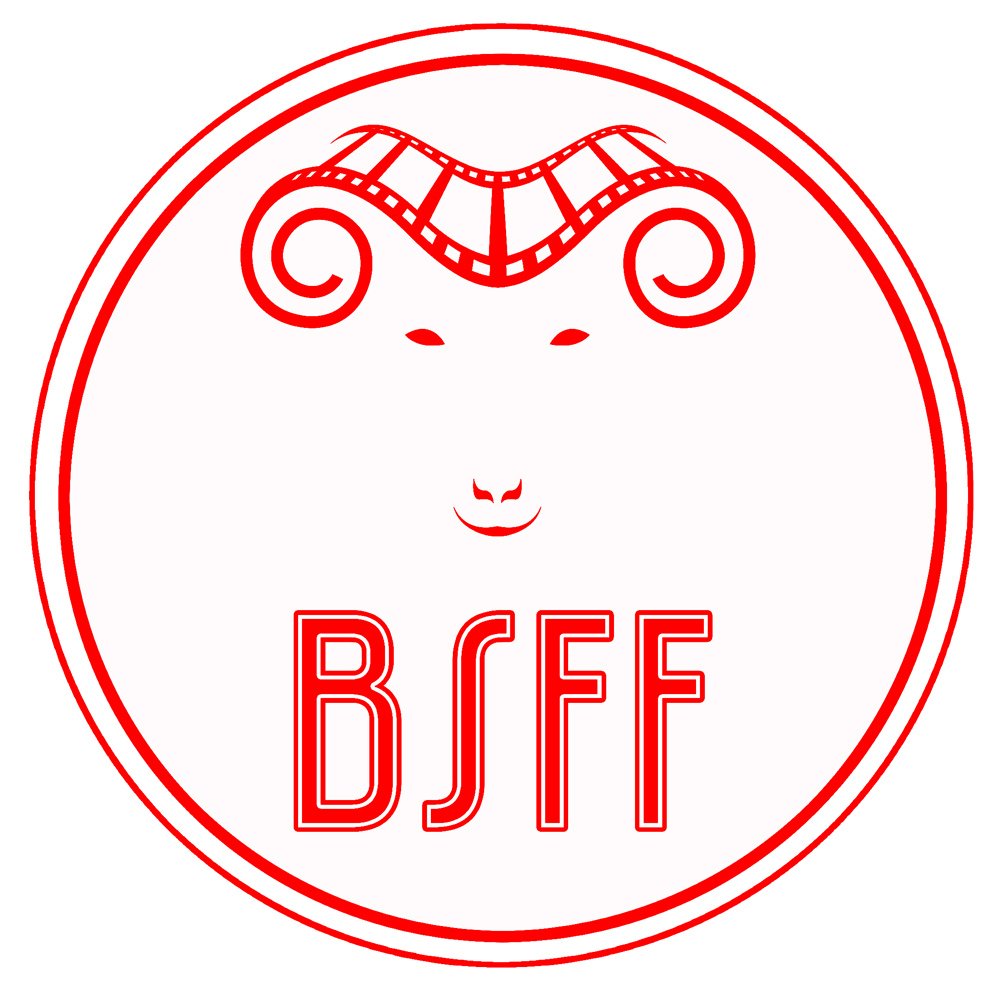5Q's w/Nancy Allison "Body Place Image" Producer
#1: Can you describe your movie and why somebody should see it in less than 140 characters?
Looking for something about cross-cultural artistic collaboration, creativity, courage and sheer joy? Check out BODY PLACE IMAGE.
#2: What do you want the Borrego Springs Film Festival audience to know about your film that isn’t obvious from its title?
There’s so much that isn’t obvious from the title that I’m not sure where to begin. I guess the most important thing about BODY PLACE IMAGE that isn’t obvious from the title is that it’s a documentary about the creation of a live site specific performance event that occurred in Tbilisi, Georgia in the spring of 2019. Tbilisi, Georgia? Where’s that? You may be asking. Tbilisi is the capital of Georgia, a small country in the Caucasus Mountain region of Eurasia. For 70 years it was known as the “Italy of the Soviet Union” thanks to its sunny climate, long winemaking tradition, delicious cuisine and extremely creative people. For the last twenty years it has struggled to become a democracy in the dark shadow cast by its communist neighbor, Russia.
While traveling in the region at the end of 2017, I was introduced to Tamuna Gurchiani, the executive director of the South Caucasus Contemporary Dance and Experimental Art Festival who was passionate about “creating meaningful exchanges between the Georgian contemporary dance community and international professionals”. She invited me to propose a project for the festival. As some of you may remember from “Water on Stone”, my short film in the 2019 Borrego Springs Film Festival, I’m interested in the expressive possibilities of movement in unusual settings and so I suggested that I create a site-specific piece working with Georgian performers.
After a year and a half of planning we finally launched the nine-day residency in which eleven carefully chosen artists gathered to create and perform an experimental site-specific work based on the performers own experiences as creative artists in this unique time and place. Where and how we did it, how the Tbilisi public responded and how the performers themselves were effected by the experience are the subject of this short documentary by Georgian filmmaker, Gigisha Abashidze .
#3: What is your movie making background? Tell us about yourself.
I never set out to be a filmmaker. I’m not even sure I’d call myself a filmmaker now. What I know I was, and I guess I always will be is a dancer. From 1977 – 1993 I was a member of Theater of the Open Eye, founded by the choreographer/director Jean Erdman and her husband, the mythologist Joseph Campbell. It was here that I gained my first filmmaking experience, serving as executive director and featured dancer in the three-volume video archive Dance and Myth: The World of Jean Erdman.
Years later, after a rather serious illness, I was thinking about how to continue a creative life and I got this idea for a short film based on my favorite Erdman dance, “Hamadryad”. That dance captured Erdman’s love of nature and I decided that I wanted to film it in the natural setting that inspired it. The film, also called “Hamadryad”, premiered at the 2015 Film Society of Lincoln Center’s Dance on Camera Festival and went on to win awards and screen at many other festivals.
At the same time, I had been teaching, on and off, in Italy for a number of years. During one trip there I visited a number of marble quarries in Seravezza Italy. The rugged beauty of the massive exposed rock face, in some completely dry and arid; in others dripping with cool water captured my imagination. So in the summer of 2015, under the auspices of Fondazione Arkad, I brought some dancers there and we made two short films. Michelangelo, who got some of his stone from those very quarries, inspired the first, “Marmo”, which means marble in Italian. It won First Prize for Videoarte at the Video Concorso Francesco Pasinetti and screened at the International Venice Film Festival among others. The second, “Water on Stone” is a meditation on loss. It has screened at numerous festivals including the Festival International du Film sur l’Art in Montréal and the National Gallery in Washington D.C.
And then I got this invitation in Tbilisi and …
#4: What was the biggest lesson learned in getting your film made?
The biggest lesson I learned in getting any film made, and this one is no exception, is that filmmaking is a collaborative process. Choose people you admire and then trust them to do what you hired them to do.
Two other important things:
1) If something can go wrong, it will. Be prepared to take a lot of deep breaths.
2) On the other hand, magic happens ALL the time. Be open to it and grateful for it.
#5: What does the future hold for your film and you?
Given my life history of serendipity, it’s really hard to say what might happen next for this film, or for me. Whatever it is, I’m open to it!





